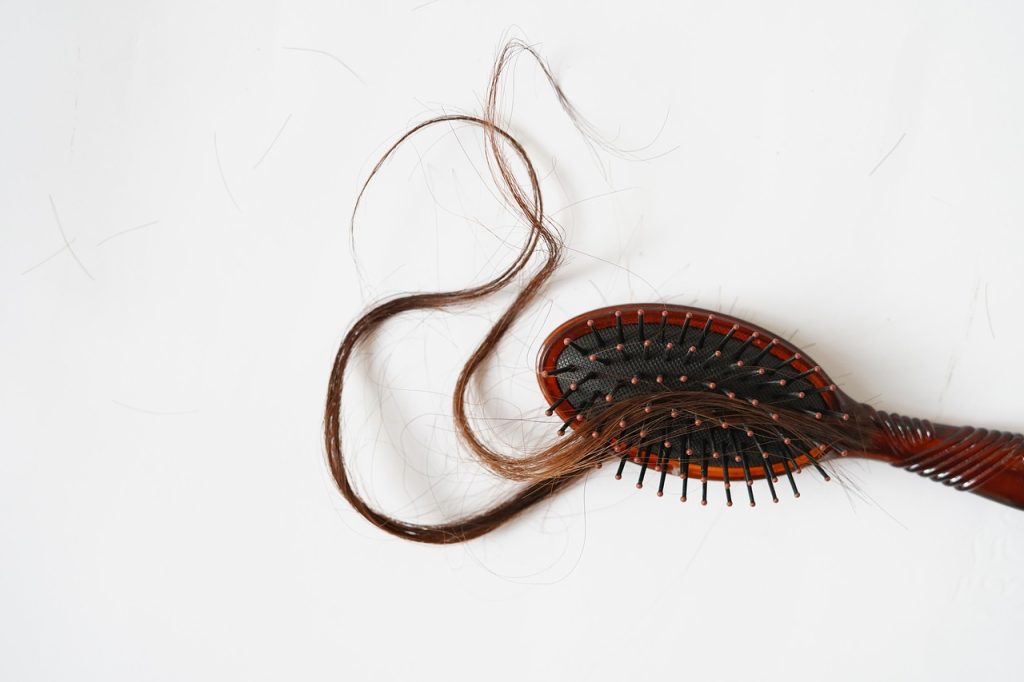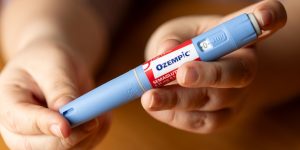Hair Loss Linked to Dying Stem Cells—This Protein Might Save Them
Others are reading now
Hair loss is a frustrating problem for millions of people around the world.
Whether it’s caused by age, stress, illness, or genetics, watching your hair thin or fall out can be upsetting.
Scientists have been searching for a reliable solution for decades. Now, new research offers a promising lead.
A group of scientists from Australia and Singapore has found that a protein called MCL-1 plays an essential role in keeping hair follicle stem cells alive and healthy, according to WP.
Also read
These stem cells are what allow our hair to grow back after falling out.
Without this protein, the cells become stressed and start to die. When too many die, hair can no longer grow.
The researchers explained that hair grows in cycles. It goes through a growing phase, a shrinking phase, and then a resting phase.
After the resting phase, the cycle begins again. The process is controlled by hair follicle stem cells.
These tiny cells sit at the base of each follicle and drive new hair growth.
In experiments with mice, the team blocked the production of MCL-1. The result was hair loss.
The follicles shrank and the stem cells disappeared. The mice could no longer regrow hair in areas where it had been removed.
Some stem cells remained in a dormant state. But when they tried to activate again, they ran into problems.
Stress caused by the missing MCL-1 protein triggered another protein, P53, which signals cell death.
When scientists blocked P53, the hair started growing again, even without MCL-1.
This showed that both proteins are involved in keeping hair follicles working properly.
The research also pointed to a signaling pathway called ERBB. It helps keep MCL-1 levels up and the stem cells functioning.
This gives scientists another piece of the puzzle. These findings were made in mice, so more testing is needed in humans.
But the discovery brings researchers one step closer to new treatments for hair loss.
Not all types of hair loss are the same, so it’s possible this solution may only work for some.
Still, it’s an exciting step forward in understanding how our bodies grow and maintain hair.



